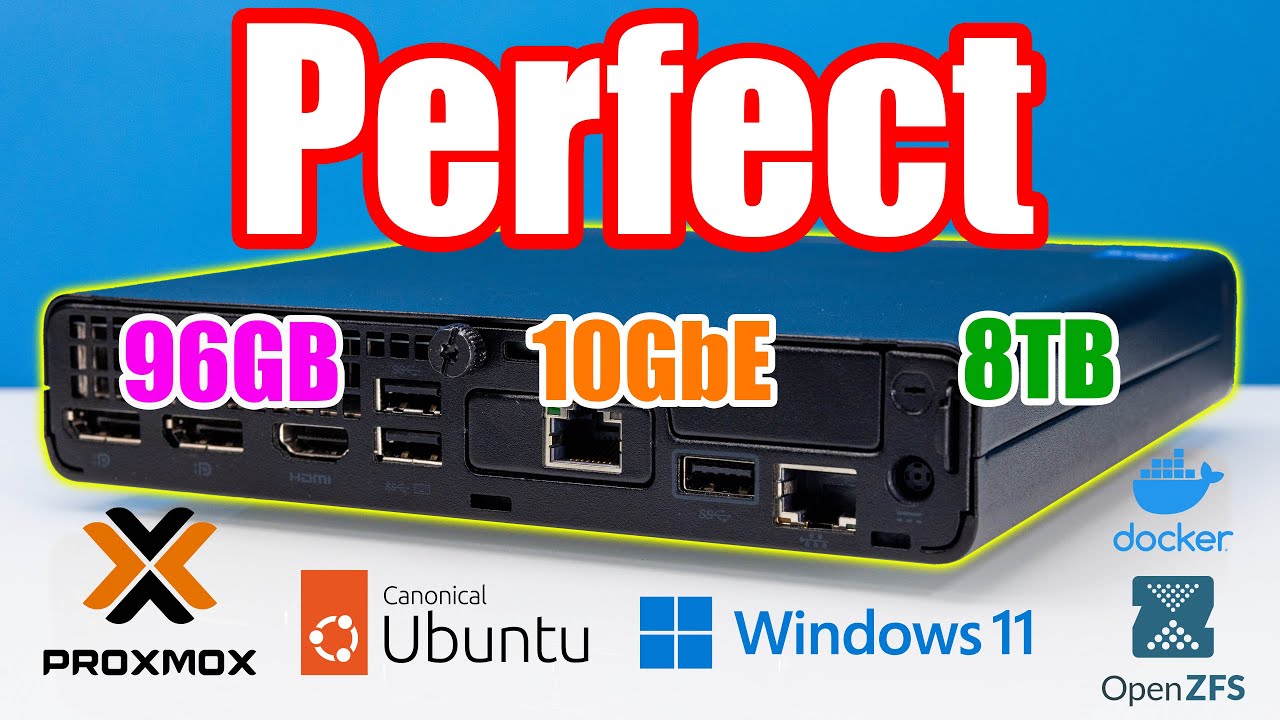manitcor
- 24 Posts
- 202 Comments
why do this to yourself?

 11·1 year ago
11·1 year agoas time goes on i think techs that mark human made content will be more practical.
the only reason that read as “off” is because the poster did not put any time into it, prob just a simple question in a default chat somewhere. well made systems tuned to thier use are going to be surprisingly effective.

 3·1 year ago
3·1 year agoi think it may have been. might as well, even if you put in time writing its likely to be assumed AI anyway, esp as it improves.

 11·1 year ago
11·1 year agofired up my IRC client a few weeks ago, very quiet there but still running! what servers are worth joining these days?
also worth noting that Element is built with similar ideals to IRC but with E2EE included.
Also important to remember that IRC has some privacy issues that you may want to address before connecting as any IRC user can get your connecting IP and ISP info.

 20·1 year ago
20·1 year agoyou realize thats not likely to be a thing due to hosting costing money. file hosting in particular is a bigger bill each month while realizing only minimal utilization increase. if its to be 100% free its going to collapse eventually.
search for a subscription or ad-supported system you like. You aren’t looking for free software (what OSS is) you are looking for free service (increasingly rare on the internet)

 9·1 year ago
9·1 year agothis is also a common pose for abstract human form statues right down to the pointed handless arms. many logos used this.

 13·1 year ago
13·1 year agoyou mean like running your own? nextcloud
pro-tip you can run gimp on WSL2 and have its xwindow appear within windows just like a normal application. The ONLY way to run gimp on windows imo.
https://learn.microsoft.com/en-us/windows/wsl/tutorials/gui-apps

 15·1 year ago
15·1 year agoYes, community list: https://lemmy.intai.tech/post/2182
LLM’s are extremely flexible and capable encoding engines with emergent properties.
I wouldn’t bank on them “replacing all software” soon but they are quickly moving into areas where classic Turing code just would not scale easily, usually due to complexity/maintainance.

 16·1 year ago
16·1 year agoexpected, but not a sustainable growth, there is a finite number of conversions here.
reddit’s been less accepting of truth year over year for 16+ years
you won’t even give them that in this kind of system. you will get a user hash that is based of your signature, the system your using’s key and some mux of time and entropy input. This hash will be how they track you in a database and as systems evolve could even be a way to communicate with the user directly (like email) without knowing or holding any PII/NPI
Anything you assign to them would be data they have (maybe a common display name). Anything truly important that needs to be up there can be encrypted with different techniques that would allow the provider to work with your data without ever having to access or decrypt your data.
so the idea of them “needing to have something” to function is true, but fundamentally, they don’t need as much to operate in this system and its possible to have standards that enforce security on your more sensitive details that are sent. Imagine the security of your data, on thier system, still being ruled by your security. Even if hackers get in and copy the entire database its effectively useless.
this is not dissimilar to how high security setups work for organizations now, really what this is is a scaling up of the kind of things IT administrators are already doing when locking down production among other systems (its a very common login pattern for Linux based systems for thier SSH terminals).
The big difference here is that your password changes from a password to a digital signature bound to time, hardware and the user. If the user so chooses they can always put a many levels on top of that that they want, be it passwords, additional keys, biometrics, what-have-you.
Since your credentials never leave your device data breeches do not compromise your account or access to it (only the data the provider failed to protect). This also enables even higher levels of security through the whole credential chain, want to end-to-end-encrypt your data and encode it with your own cipher while storing it in the providers database? This is not only possible it will end up changing how we develop some applications. As a developer I just want to give you the utility, if I can ensure strong encryption that I NEVER have access to, its a whole boat of liability I don’t even have to worry about.
In short we are taking the mechanics of auth and making it entirely cryptographic with keys without any worry about compromising a simple text input box. The possible combinations of certificate data and system parameters alone increases the difficulty of a breech through login significantly.
It will not stop everything of course, and the usual risks around a bad release, a failed audit and an admin bypassing things knowing or unknowingly are all still problems.
The other thing this enables, should it get that far, decentralized replacement of Google/MS/Amazon auth systems many of us MUST gate our sites with, youll be able to accept logins from multiple systems without ever having to write any new code. As the standard becomes adopted and supported firing up a site with all the usual traditional logins combined with the more-modern cert-style setup will no longer be a game of dealing with app setups and IAM, you can just load and go.
Example of difference here: I could paste my public key to my prod systems here on lemmy and it would not change a thing about access to my systems, no one with the key or any of my signatures could do anything. With certificate based auth we know both sides of the transaction as well so MITM is not a thing in most scenarios.
The system mentioned by Established here is called VRF, there is also technology called Self-Sovereign Identity aka DiD (a w3c standard)
To keep it simple, essentially we are moving to authenticators using systems that are similar to how a website identifies itself and secures your connection. For the user it will still be mostly the same, unlock device, unlock data (which I bet in some cases will STILL be password during the transition) do your thing. As time goes on and things like identity keys that we carry with us become a thing (think like a fancy version of the electronic door cards).
In general it will be much easier and less an issue to get into most systems and all of your accounts become more secure as we move away from having any data on the provider that could be used to reconstruct your password. Ofc all of this is still a bit away from being fully realized, expect rollouts to become more serious by the end of the decade.
these days password managers clear the clipboard, still the clipboard is not secure which would be why some still block it.
really its an indication we need to drop User/Pass auth once and for all.

 1·1 year ago
1·1 year agoproblem is trusting those sources.

 4·1 year ago
4·1 year agoaside from misinfo this is more of why they want to moderate some responses, someone is going to blow themselves up using a recipe it gives them

 4·1 year ago
4·1 year agoits interesting but it tells us what we already know about subjects with material that is incomplete.

 3·1 year ago
3·1 year agohttps://www.ncbi.nlm.nih.gov/pmc/articles/PMC6204644/

simple phrases and mnemonics are amazing too, those short insulting names have more of a role than people realize.
















plenty of content on my screen, I do admit Im posting less everywhere right now while hunting for a job.